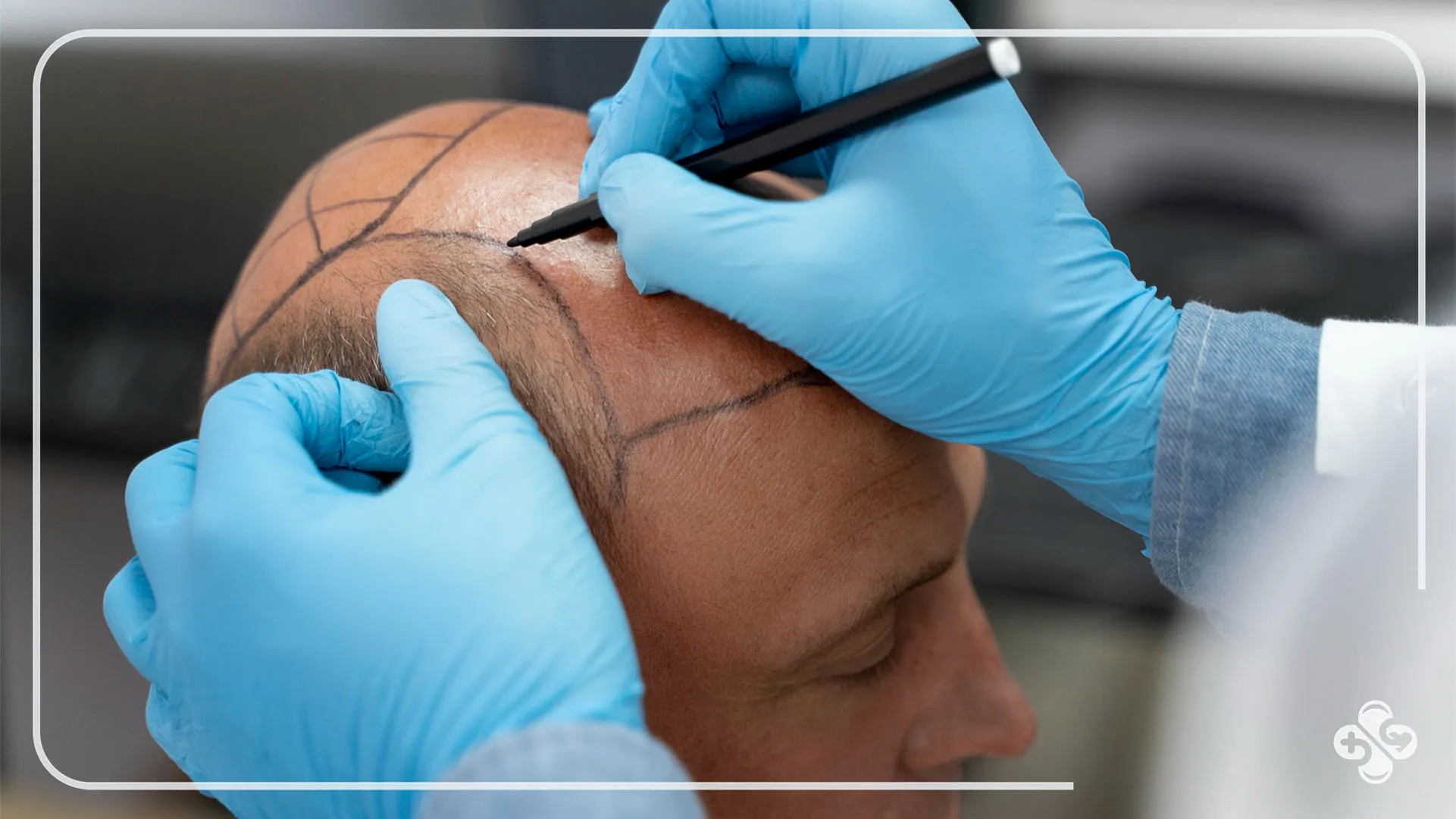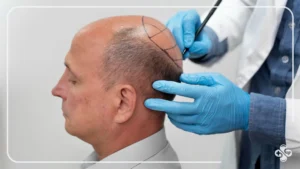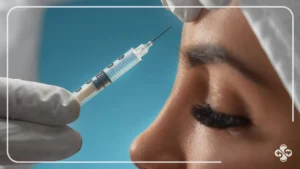Introduction
How long does a hair transplant take in Iran? This question is often the very first one asked by those exploring options for hair restoration, as it plays a crucial role in making an informed decision. With rapid advancements in medical technology and the use of state-of-the-art techniques in Iran, impressive and natural results can be achieved within a reasonable timeframe. In this article, we’ll take you through every detail of the hair transplant procedure in Iran, examine the factors that influence its duration, and share the expected timeframe for completion. Whether you’re curious about the process or ready to take the next step, read on to understand why hair transplant in Iran is a popular choice for those aiming to regain confidence and enhance their appearance.
Table of Contents
- What Is a Hair Transplant in Iran?
- Factors Affecting Hair Transplant Procedure Duration
- Procedure Duration: Reality and Expectations
- Steps to Perform a Hair Transplant in Iran
- Preparations and Pre-Procedure Tips
- Post-Operative Care and Expected Outcomes
- Patient Experiences and Testimonials
- Frequently Asked Questions
- Conclusion
What Is a Hair Transplant in Iran?
Hair transplant in Iran is a modern, internationally acclaimed procedure designed to restore hair by transferring healthy follicles from one part of the scalp to areas experiencing thinning or baldness. What sets this process apart is the precision and advanced technology used by Iranian doctors, ensuring that patients receive natural-looking results and a rejuvenated appearance.
There are primarily two techniques used: Follicular Unit Extraction (FUE) and Follicular Unit Transplantation (FUT). Each method comes with its own advantages and limitations. The treating physician evaluates each patient individually to decide on the most suitable technique. This isn’t merely a cosmetic fix—it’s a highly effective solution for anyone looking to rebuild self-esteem and improve their overall look.
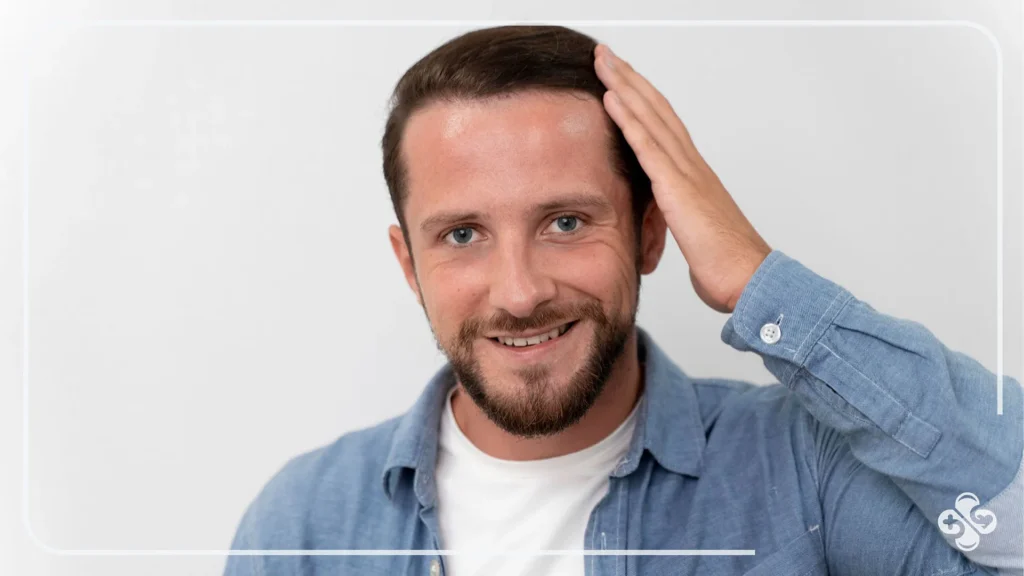
Factors Affecting Hair Transplant Procedure Duration
Several factors can influence how long does a hair transplant take in Iran, and understanding these can help set realistic expectations:
- Number of Follicles Required: The more follicles needed, the longer the procedure will take.
- Technique Used: The duration can vary depending on whether FUE or FUT is employed. Typically, FUE may require more time compared to FUT.
- Experience of the Medical Team: A skilled and experienced team can perform the procedure more efficiently without compromising quality.
- Patient’s Health and Scalp Condition: Overall health and the condition of the scalp also play a vital role in determining the procedure’s duration.
Knowing these factors enables patients to prepare both mentally and financially. Open communication with your physician and a thorough discussion of all details can lead to a smoother and more successful experience.
For more information on “Factors Affecting Hair Transplant Procedure Duration”, please read this article.
Procedure Duration: Reality and Expectations
When discussing how long does a hair transplant take in Iran, it’s essential to remember that the timeframe varies among patients. On average, the procedure lasts between 4 to 8 hours. However, in cases where a large number of follicles are needed, the process may extend further.
Quality and precision remain the top priorities throughout the procedure. The time invested is a critical part of ensuring natural and lasting results. In some instances, clinics may opt for multiple sessions to cover all aspects of the transplant and achieve the best possible outcome.
Steps to Perform a Hair Transplant in Iran
The hair transplant procedure in Iran is a multi-step process designed to maximize results:
- Initial Consultation and Medical Assessment: The doctor evaluates the condition of the scalp and determines the number of follicles required.
- Selecting the Appropriate Technique: Based on the assessment, the most effective method—either FUE or FUT—is chosen.
- The Procedure Itself: The process begins with extracting follicles from the donor area and transplanting them to the recipient zone using modern equipment and meticulous techniques.
- Post-Operative Care: After the transplant, patients receive detailed instructions for follow-up care to ensure the best possible results.
Each stage is critical and demands precision to achieve optimal outcomes. Continuous communication with the medical team and adherence to their instructions are key factors in speeding up recovery and ensuring a natural, appealing look.
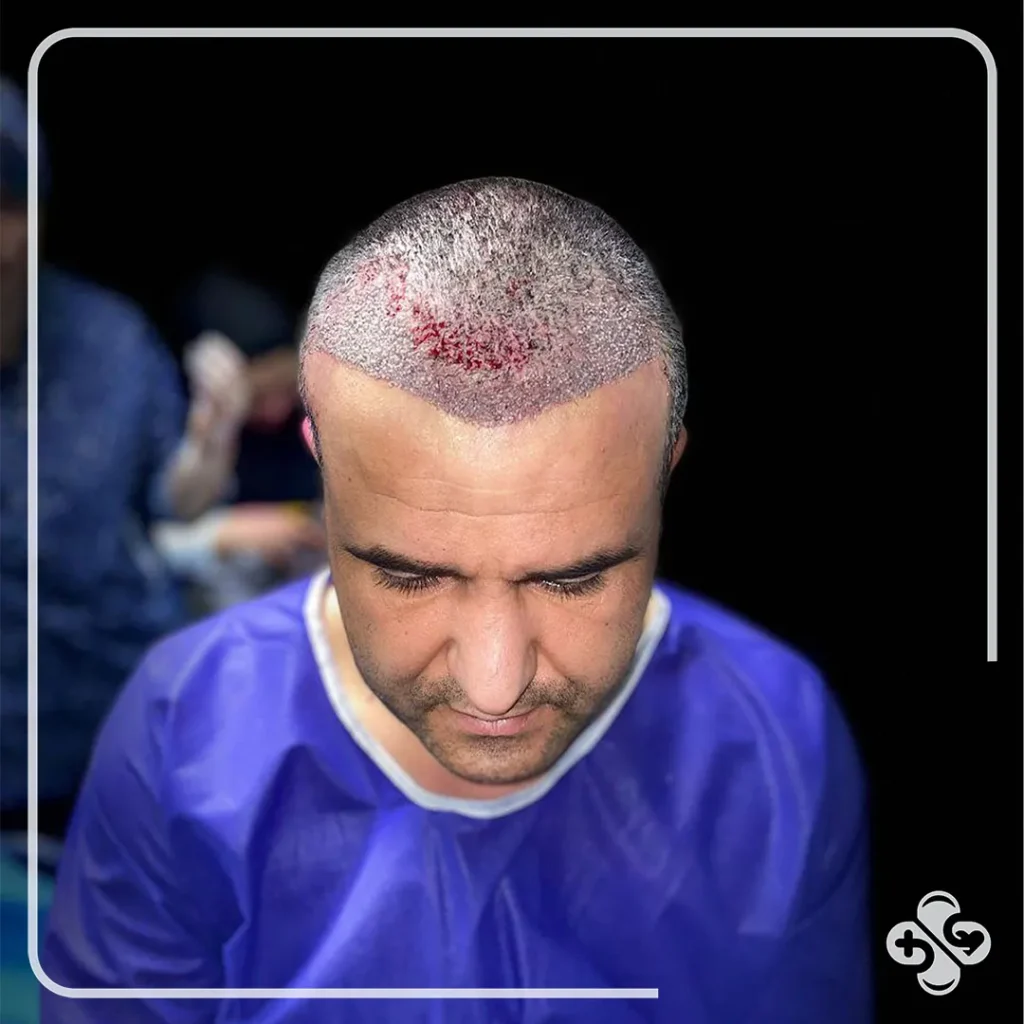
Preparations and Pre-Procedure Tips
Proper preparation is fundamental for a successful hair transplant. Here are several recommended steps before the procedure:
- Comprehensive Medical Tests: Complete medical examinations are essential to confirm your body is ready for the procedure.
- Avoid Smoking and Alcohol: Eliminating these can improve blood circulation and enhance healing.
- Maintain a Healthy Diet: A balanced diet directly impacts recovery speed and overall results.
- Stress Management: Anxiety and stress can negatively affect the procedure; practices like meditation and yoga are beneficial.
- Clear Communication: Don’t hesitate to ask your doctor any questions to ensure you fully understand the process.
These pre-procedure tips help reduce the overall duration and contribute to achieving better and more natural results, making your experience more comfortable and confidence-boosting.
Post-Operative Care and Expected Outcomes
Post-operative care is critical for the success of your hair transplant. The following measures should be taken after the procedure:
- Strict Adherence to Doctor’s Instructions: This includes guidelines like avoiding hair washing for a specified period and using special shampoos.
- Regular Follow-Ups: Scheduled check-ups ensure that the results are stable and any issues are addressed promptly.
- Balanced Nutrition: A nutritious diet supports hair health and encourages growth.
- Sunlight Avoidance: Protecting the scalp from direct sun exposure in the early days post-procedure is essential.
With proper care, results gradually become evident, and final outcomes are typically noticeable after 6 to 9 months. Consistent follow-up with your doctor helps to adjust any factors that might affect the regrowth process.
Patient Experiences and Testimonials
Many patients have attested to the success of hair transplant in Iran, thanks to advanced techniques and personalized care. Their stories of transformation provide valuable insights into how long does a hair transplant take in Iran and the realistic expectations of the process.
These genuine testimonials serve as an important resource for potential patients, offering real-life evidence of what to expect from the procedure. Positive feedback not only builds trust but also assists in making well-informed decisions regarding treatment.
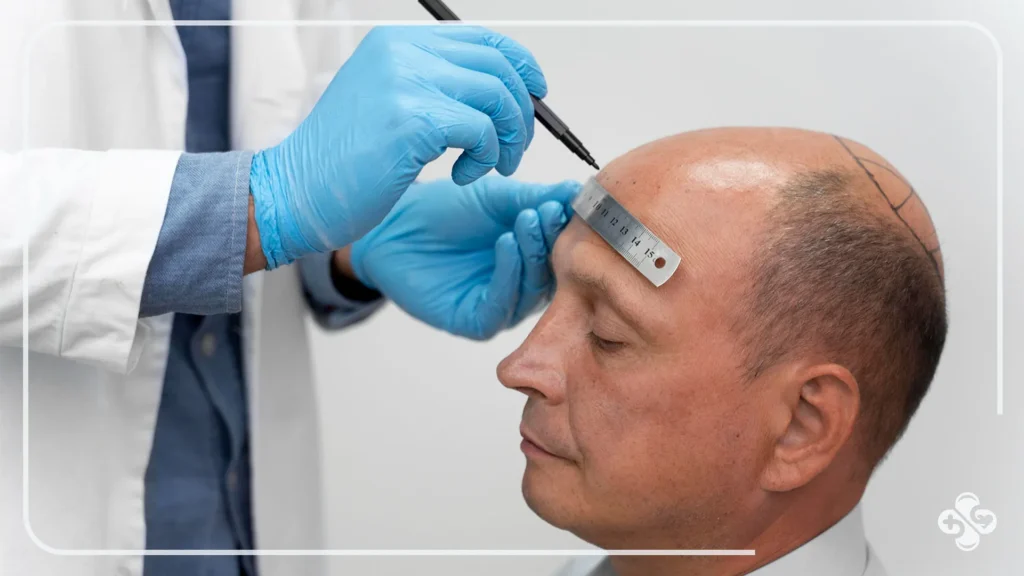
Frequently Asked Questions
1. What are the potential risks of the procedure?
When performed in specialized clinics, the risks are minimal. However, strict adherence to the doctor’s instructions is crucial to avoid any complications.
2. How long does the procedure usually take?
The duration typically ranges between 4 to 8 hours, depending on the number of follicles required and the technique used.
3. Are multiple sessions needed?
This depends on the patient’s condition and the number of follicles required. Some cases might benefit from additional sessions.
4. How long until the final results are visible?
Results begin to show gradually and are usually fully realized after 6 to 9 months.
Conclusion
In summary, hair transplant in Iran offers a promising solution for those looking to restore hair and improve their appearance. How long does a hair transplant take in Iran depends on various factors such as the number of follicles, the technique used, and the expertise of the medical team. With thorough preparation and proper post-operative care, patients can achieve natural and satisfying results. We encourage you to consult with specialized clinics to receive personalized advice that meets your needs.
For international travelers heading to Iran for a hair transplant, additional travel arrangements come into play. This includes a day for pre-procedure examinations and another for post-operative follow-up, thereby slightly extending the overall duration.
MedTouran Company offers comprehensive travel planning services—from online consultations and hotel bookings to transfers, interpreters, and coordination with top Iranian doctors at competitive prices and high-quality service.
For more information, contact us now and benefit from a free consultation!

